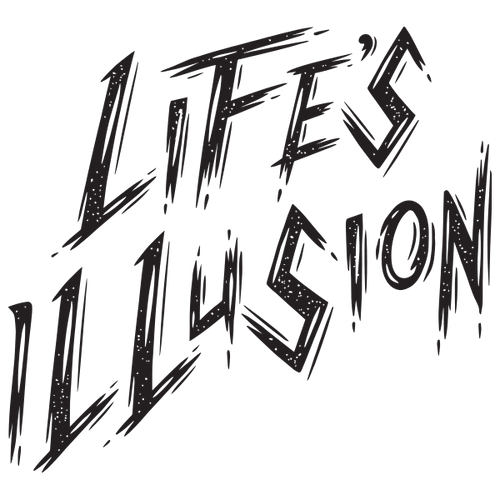4D in Design
Whilst looking into the fourth dimension, it may secrete a confusing façade at first, but mostly refers to design and media that changes with time. Motion is the actuality of potentiality, and time is a sequence of singularities. Meaning, that we cannot see everything all at once, but derive meaning from sequential moments of time. Motion is the medium in which the future belongs to the present. Accordingly, every moment is a complex singularity enduring the unity of multiple parts. All of these concepts are intrinsic to a multitude of mediums within the design community. Some mediums that become apparent when paralleled to our previous definition of the fourth dimension are motion graphics, music, cinematography, animation, film, and even language.
Whether it is constructing a cinematic film or producing a personal vlog, we as designers attempt to control and manipulate time. Motion and sequence both reside within time and can be seen as a visual language. They allow the viewer to derive meaning from the interaction of multiple singularities in the conjunction of one film or sequentially oriented graphic medium. This is ultimately the goal of a motion designer.
We as humans see time in a linear fashion. In our world, there is a beginning, middle, and end. Time and emotion are parallels in the sense that they have the ability to always exist. Emotions have no beginning, no middle, nor end and seem to fade in and out all throughout existence. If there is life, there is emotion.
Additionally,
emotion has the ability to obscure our perception of time. This phenomenon is called the time-emotion paradox. The time-emotion paradox briefly concludes that although humans are able to accurately estimate time as if they contain some internal method of measuring time, also known as our internal clock, perceptions of time are easily distorted by the context from where it arises. Our sense of time depends on contextual variables such as emotional states and rhythm. The fact that we live in a world that is always moving and every action takes more or less time shows us that there is no homogenous time but rather multiple singularities moving sequentially.
Muhammad Iqbal once said, “A wrong concept misleads the understanding…” This conveys that there cannot be meaning without structure. Sequence is what brings meaning to time. Music and language even embody the relationship between sequence and connotation. Paralleled in stature, music, and language are very similar to that of the Kuleshov Effect, which briefly states that when viewers see two sequential images they derive more meaning than that of one image in isolation. This is the reason why we cannot listen to a song all in the same moment, or look at an array of letters and words and derive full contextual meaning. This further illustrates that the future can influence the past. Without the future, there is no context for the past.
When faced with an ambiguous predicament we lean on contextual information to make decisions. Understanding the future is crucial to know the past because communication is limited by perspective. Understanding all of these variables leads us to question the relationship between language and time. Maybe the mind is not an objective thing but a sequential process through time. So much of what we face has to do with meaning. This is what a designer ultimately is tasked with, the ability to visually communicate meaning. We as designers give the audience a sort of pointed subjectivity. We allow them to feel but in the direction of what we choose. Whether it is color, size, composition, subject matter, sequence, or sound, we personify and materialize values.



Comments
KhRCOkLe said:
BTcMNGxmtJ
November 09, 2020
xlIibpYdvJktF said:
ViSaLNwuQ
November 09, 2020